-
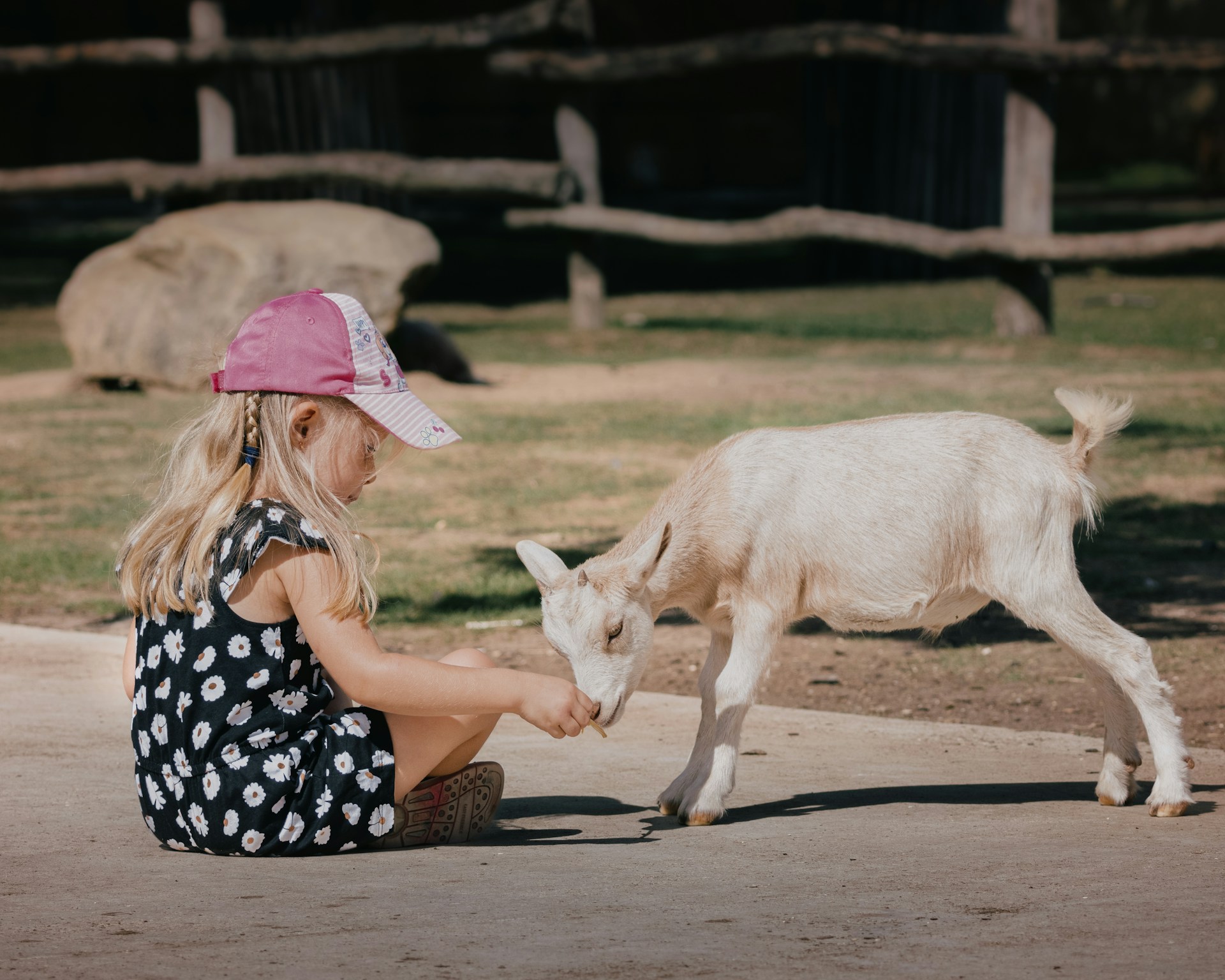
Agriculture & Farming
Healthy Interactions with Animals at Fairs and Other Animal Events
Fairs and other events involving animals can be memory-makers for the whole family. However, understanding how to keep everyone healthy while attending is important, especially when engaging with the animals and their handlers. This fact sheet is for people interested in learning proper hygiene practices for interacting with animals in public settings.
-
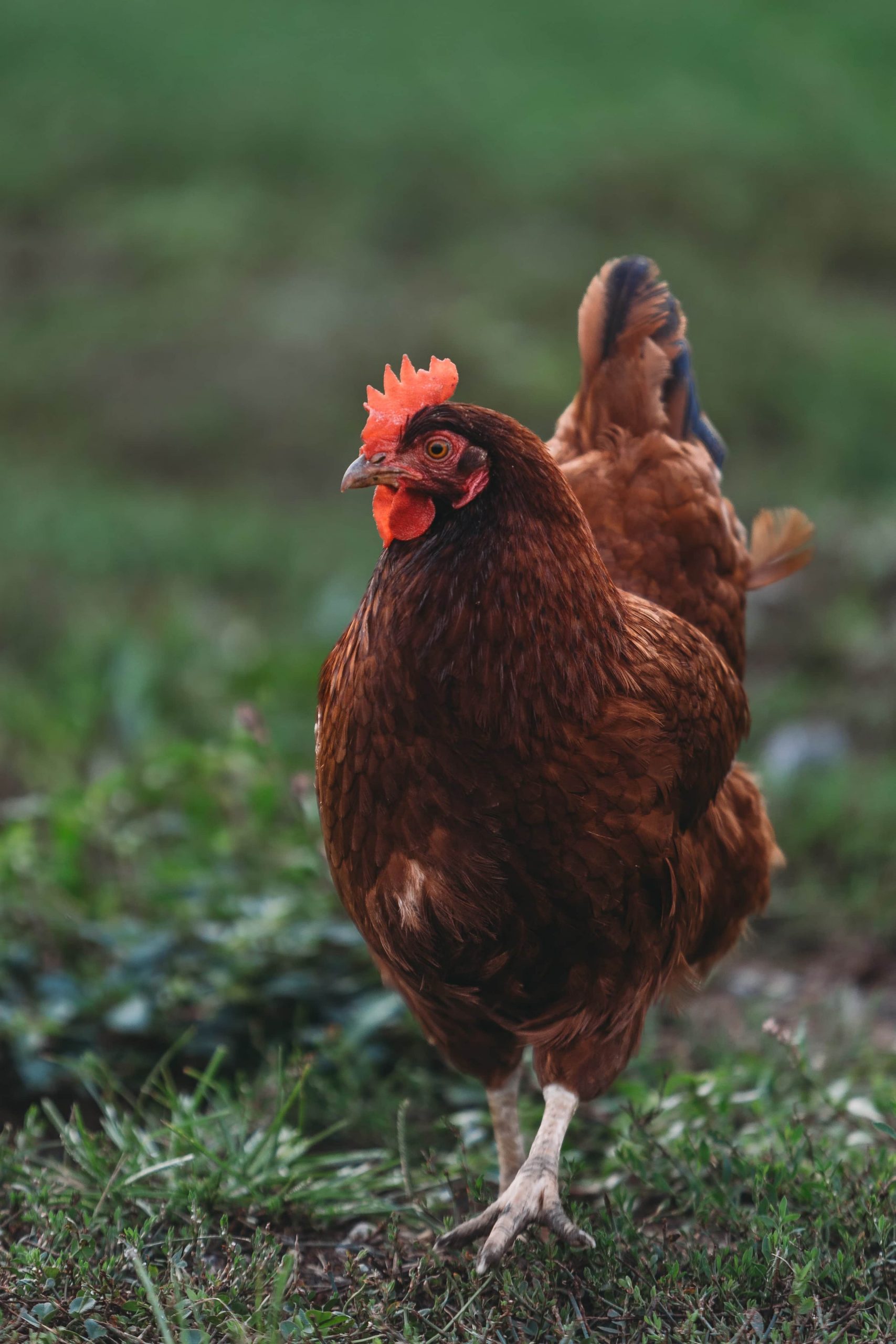 picture_as_pdf
picture_as_pdf
Agriculture & Farming
10 Tips for New Poultry Owners: Promoting Healthy Flocks and Families
Raising domestic poultry can be a fun and rewarding experience. There are several steps to establishing and maintaining the health of your flock, family, and environment.
-
 picture_as_pdf
picture_as_pdf
Agriculture & Farming
10 Consejos Para los Nuevos Criadores de Aves de Corral: Cómo Promover Parvadas y Familias Saludables
La cría de aves de corral domésticas puede ser una experiencia divertida y gratificante. Hay varios pasos que puede tomar para establecer y mantener la salud de su parvada, su familia y el medio ambiente.
-
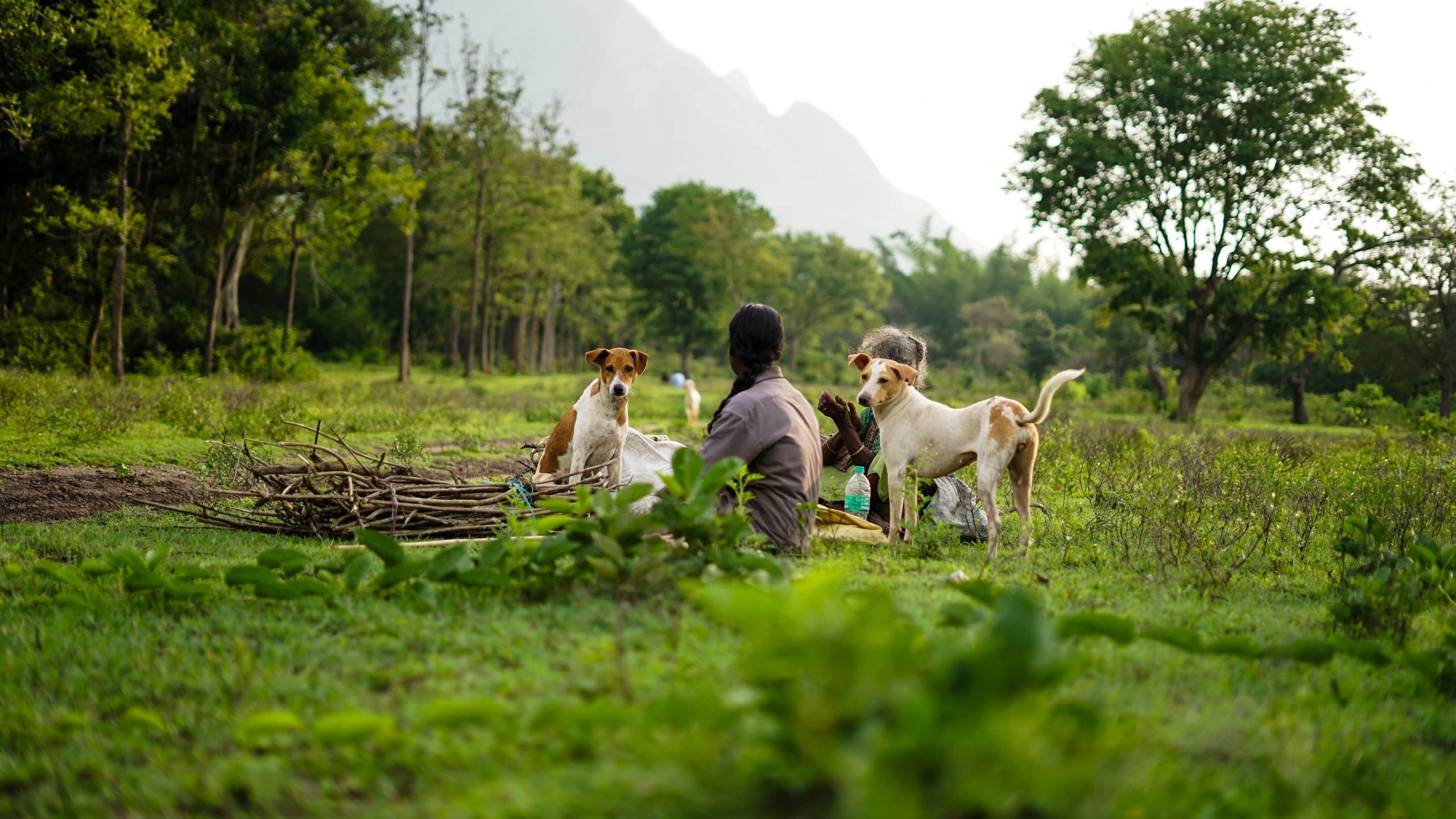
One Health
What is One Health?
One Health is a collaborative, integrative approach that recognizes the interconnectedness between humans, animals, plants, and the environment. Living beings are closely connected to their natural surroundings. Recognizing the interconnectedness of human, animal, and environmental systems can help us promote healthier communities and ecosystems, sustainable use of resources, and a more resilient world. Therefore, those who utilize One Health seek to apply a systems perspective to encourage positive change. This fact sheet is for residents, business owners, municipalities, agricultural producers, and other community members interested in learning how the One Health approach can optimize collective health.
-

One Health
¿Qué es One Health?
One Health es un enfoque colaborativo e integrador que reconoce la interconexión entre los seres humanos, los animales, las plantas y el medio ambiente. Los seres vivos están estrechamente conectados con su entorno natural. Reconocer la interconexión de los sistemas humanos, animales y ambientales puede ayudarnos a promover comunidades y ecosistemas más saludables, el uso sostenible de los recursos y un mundo más resiliente. Por lo tanto, aquellos que utilizan One Health buscan aplicar una perspectiva sistémica para fomentar un cambio positivo. Esta hoja informativa es para residentes, dueños de negocios, municipios, productores agrícolas y otros miembros de la comunidad interesados en aprender cómo el enfoque de One Health puede optimizar nuestra salud colectiva.
-
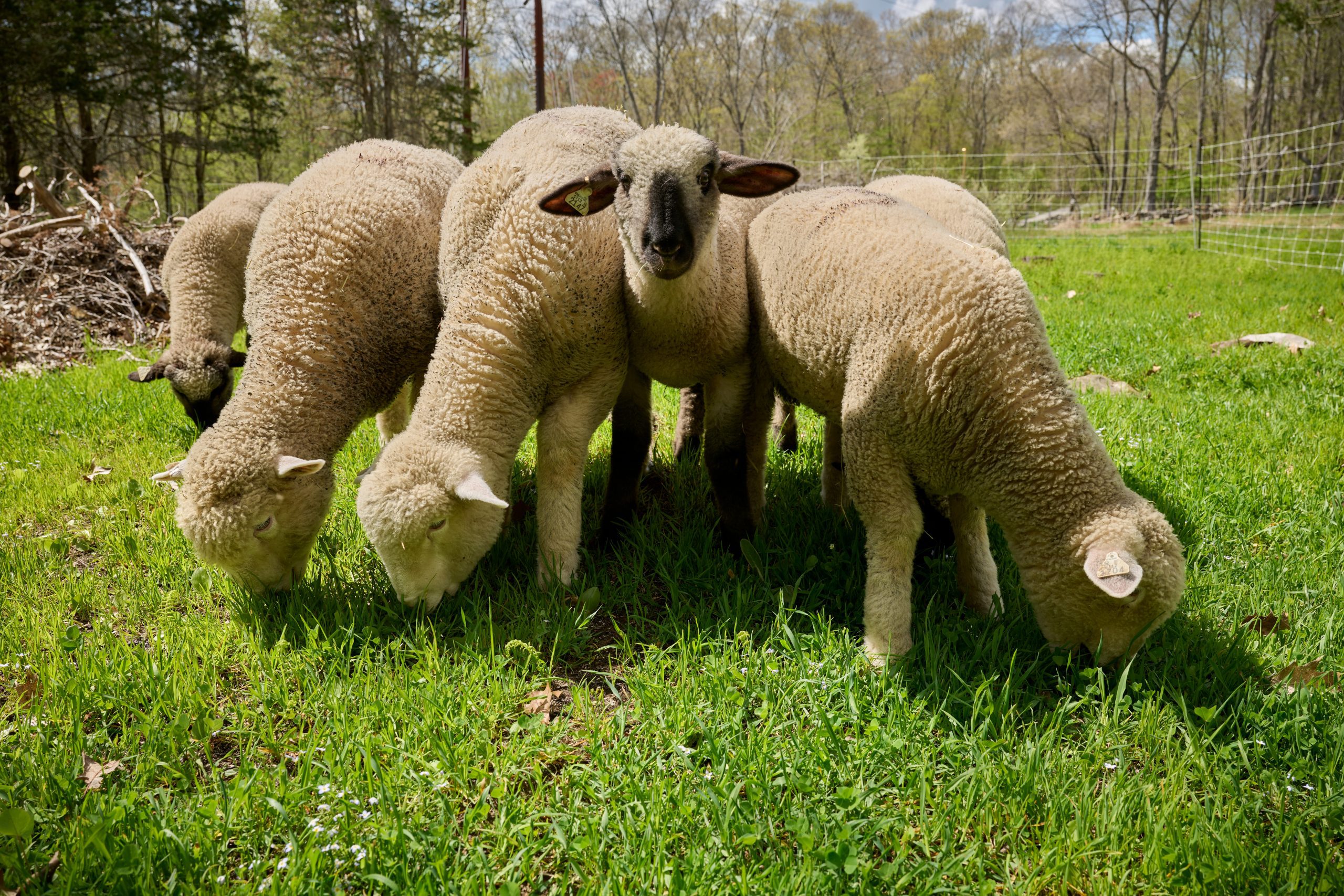
Agriculture & Farming
Developing a Biosecurity Plan for Your Livestock or Poultry Operation
A biosecurity plan is a proactive protocol for maintaining the health of animals and people that interact with production or hobby enterprises. The goal of biosecurity is to prevent the introduction and spread of disease-causing pathogens within and between groups of animals and humans. The factsheet integrates a ‘One Health’ approach and is intended for use by livestock operation managers, hobbyists, and others that work closely with poultry and livestock species. The best practices included in this resource may apply to any of the following: chickens, ducks, cattle, goats, sheep, pigs, and other domestic livestock.
-

Health & Wellness
Lifecycle of Single Use Plastics
The number of single-use plastics that have been produced has increased alarmingly in recent years, with dire effects for wildlife, ecosystems, and human health everywhere. The cycle of plastics includes manufacturing, use, and disposal of these practical yet environmentally hazardous materials. This fact sheet attempts to educate the public on the harmful consequences of single-use plastics and the pressing need for change. and is useful for readers interested in information the use of single-use plastics, as well as help create awareness on single-use plastic effects on the health of animals and people.
-
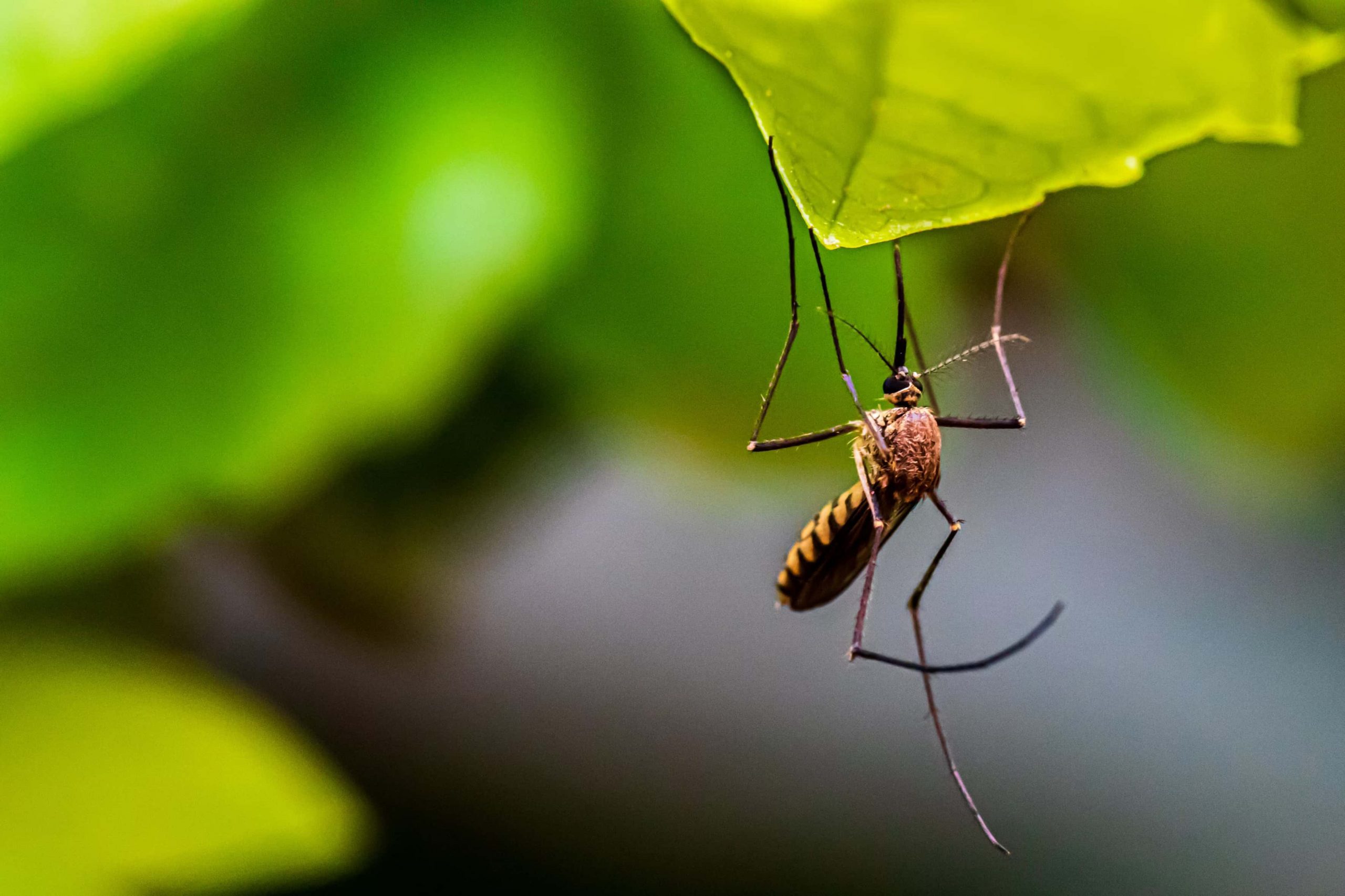
Health & Wellness
Eastern Equine Encephalitis (EEE) Fact Sheet
Eastern Equine Encephalitis (EEE) is a severe viral disease caused by the Eastern Equine Encephalitis virus (EEEV). The virus mainly circulates among birds, through mosquito bites, and can infect other animals, as well as humans. EEE is found primarily in the Eastern U.S., Great Lakes region, and along the Gulf Coast. EEE is spread through the bite of an infected mosquito that acquire the virus from birds. Mosquitos can then transmit the virus to humans and animals.
-
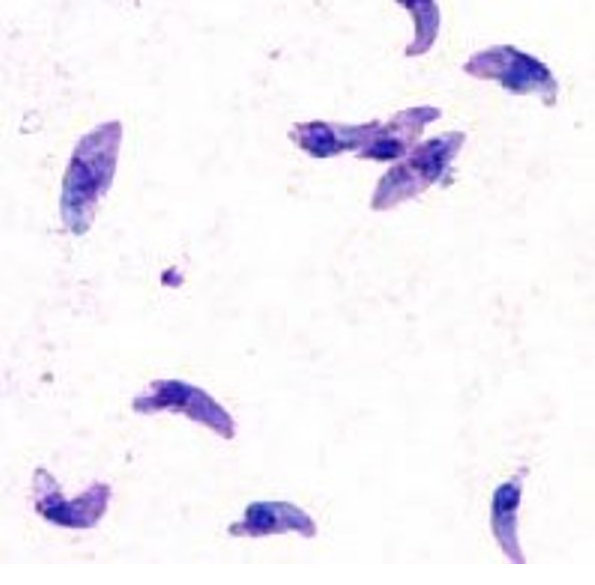
Health & Wellness
Toxoplasmosis Fact Sheet
Zoonotic diseases (that spread from animals to humans) are a common issue of concern worldwide. One Health, a program that prioritizes the health of humans, animals, and the environment, studies how zoonotic diseases are transmitted between animals and humans via various methods. This fact sheet provides information on Toxoplasmosis, a common protozoan zoonotic disease in the United States. The etiological (origin) agent of toxoplasmosis is a protozoan parasite called Toxoplasma gondii. It is most commonly contracted by eating infected undercooked meat, or through infected cat feces.
-

Food & Nutrition
Does Bird Flu Affect My Food?
Bird flu (avian influenza) has become an increased concern in the health community throughout the United States. Thoughts of the potential risk of contracting the disease from foods that store bought foods prepared and consumed at home are concerning to many consumers. This fact sheet provides information on how to prevent risk from bird flu exposure and how to prepare food properly to ensure food safety.